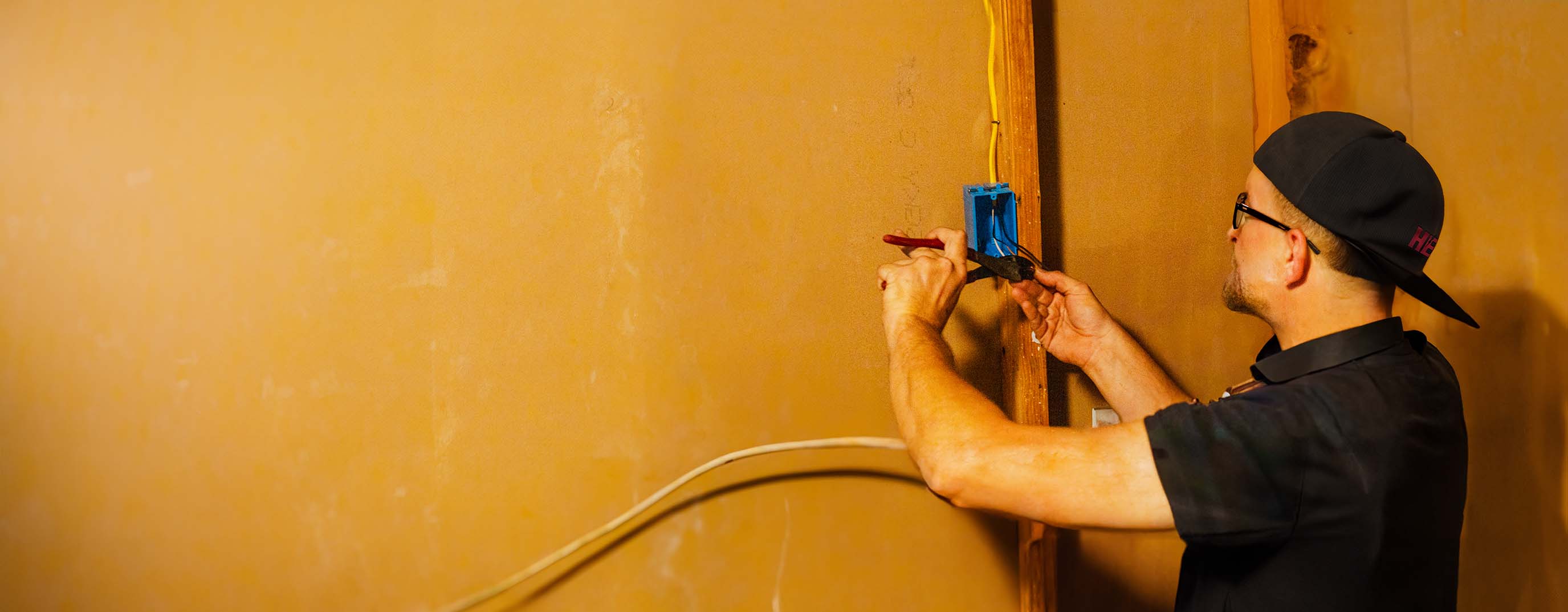- HEP
- Fire Hazards

 Fire Hazards
Fire Hazards
Fire Hazards | Smoke Detectors | Electrical | Belvidere
HEP’s fire hazards electrical page in Belvidere brings you peace of mind with top-quality safety solutions designed for modern homes and businesses. Our comprehensive guide walks you through the benefits and essential maintenance of smoke detectors, ensuring that every property is equipped with the precise technology needed to detect potential dangers early on.
By focusing on innovation and reliability, HEP provides a clear overview of how smoke detectors integrate seamlessly with your electrical systems, mitigating risks associated with fire hazards. Whether you're a homeowner or a business owner in Belvidere, our expert insights help you make informed decisions about fire safety and electrical maintenance, keeping you and your loved ones protected.
FAQs
What are the most common fire hazards related to electrical systems in Belvidere?
In Belvidere, common fire hazards include overloaded circuits, faulty wiring, and aging electrical panels. These issues can lead to overheating, sparks, or even arc faults. It is crucial to have regular electrical inspections and maintenance to ensure that wiring is up to code and that electrical components are functioning properly.
How do smoke detectors help in preventing fire-related incidents?
Smoke detectors are essential for early detection of fires, especially those originating from electrical malfunctions. They work by sensing smoke particles in the air and triggering an alarm, which can prompt a timely evacuation or emergency response. In settings where electrical hazards are a concern, such as older buildings in Belvidere, smoke detectors provide an added layer of safety by alerting occupants before a fire becomes unmanageable.
What are the proper installation guidelines for smoke detectors in properties with electrical fire hazards?
Proper installation of smoke detectors is key to maximizing their effectiveness. For properties with potential electrical hazards, detectors should be placed on every level of the home, in hallways, near sleeping areas, and in proximity to high-risk areas like kitchens or utility rooms. It is important to avoid installing them too close to bathrooms or directly near windows and vents, as drafts might hinder their performance. Additionally, following local codes and manufacturer's instructions is essential for optimal protection in Belvidere.
How often should smoke detectors be tested and maintained?
Regular testing and maintenance of smoke detectors are critical to ensure they function properly. It is recommended to test smoke detectors at least once a month using the test button. Batteries should be replaced annually, or immediately if the alarm chirps or indicates low power. For hardwired systems, scheduled inspections by a qualified technician can help detect any underlying issues with the electrical setup that might compromise detector performance.
Are there specific fire safety regulations in Belvidere that affect smoke detector installation?
Yes, Belvidere adheres to both state and local fire safety regulations that outline the requirements for smoke detector installation. These regulations include guidelines for placement, maintenance, and periodic testing to ensure that the detectors can effectively warn occupants of a potential fire hazard. Homeowners and business owners must comply with these standards, which are designed to minimize risks associated with electrical fires and other hazards.
What steps can residents of Belvidere take to reduce the risk of electrical fires?
Residents of Belvidere can take several steps to reduce the risk of electrical fires. First, ensure that all electrical installations are up to code by hiring licensed professionals for inspections and repairs. Avoid overloading circuits and utilize surge protectors to safeguard against power spikes. Install smoke detectors in strategic locations throughout the property and routinely test and maintain them. Additionally, be proactive in updating and replacing outdated wiring or electrical components to minimize potential fire hazards.